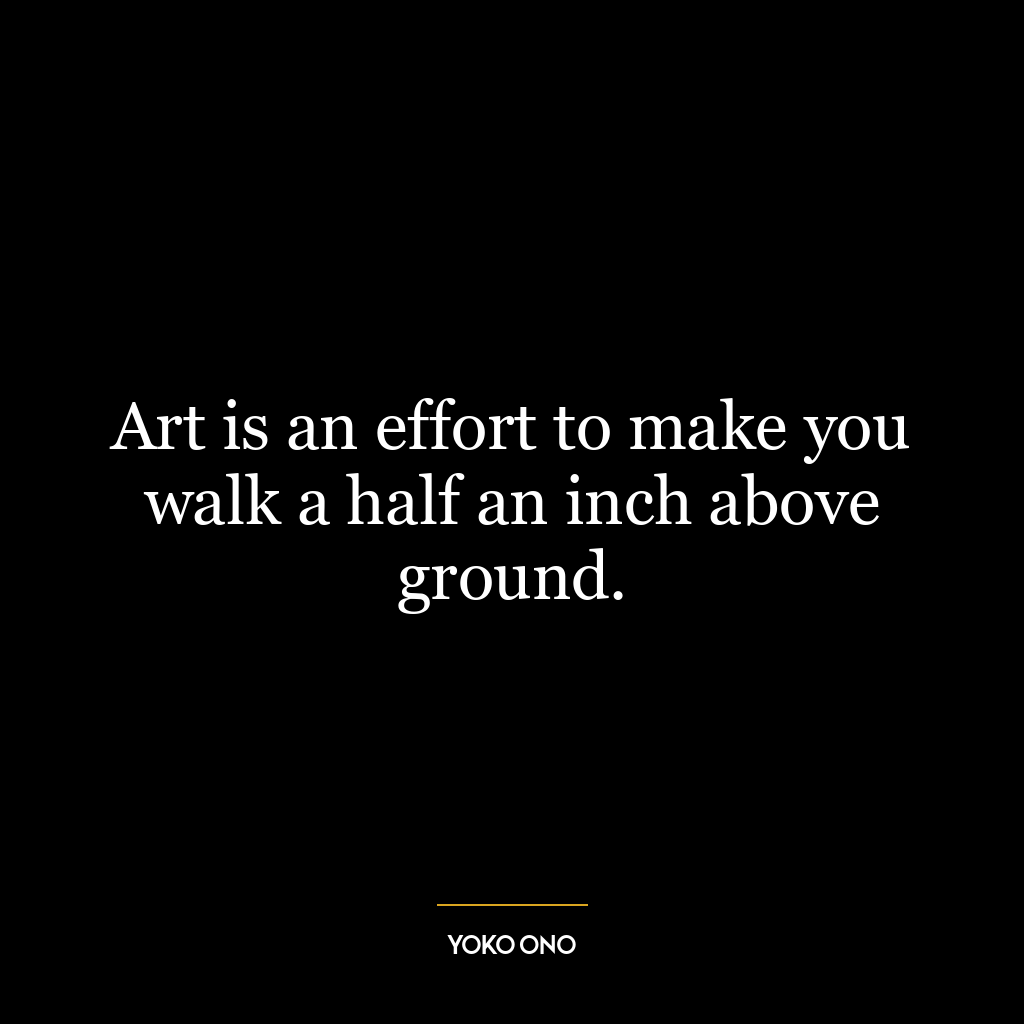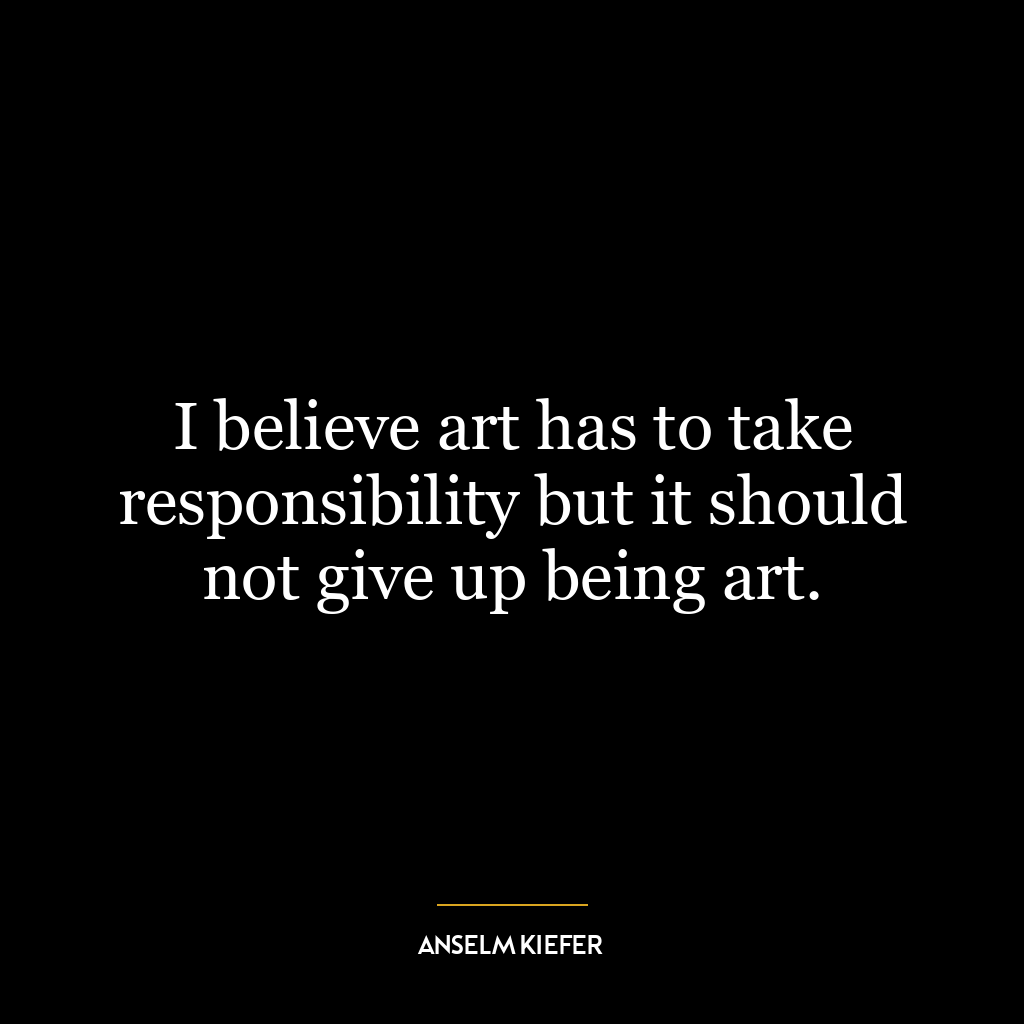Robert Rauschenberg Quotes
- Artist
- USA
- 1925
Robert Rauschenberg was an American artist known for his innovative and experimental approach to art. He was a key figure in the Pop Art movement and is considered one of the most influential artists of the 20th century. Rauschenberg’s work often combined elements of painting, sculpture, and c…Read More
Robert Rauschenberg was an American artist known for his innovative and experimental approach to art. He was a key figure in the Pop Art movement and is considered one of the most influential artists of the 20th century. Rauschenberg’s work often combined elements of painting, sculpture, and collage, blurring the lines between different mediums. He was also known for incorporating everyday objects and materials into his art, challenging traditional notions of what could be considered art. Some of his notable works include “Monogram,” a mixed-media sculpture featuring a stuffed goat and tire, and “Canyon,” a collage incorporating a stuffed bald eagle. Rauschenberg’s work continues to inspire and influence artists today.Read Less
Robert Rauschenberg was an American artist known for his innovative and experimental approach to art. He was a key figure in the Pop Art movement and is considered one of the most influential artists of the 20th century. Rauschenberg’s work often combined elements of painting, sculpture, and collage, blurring the lines between different mediums. He was also known for incorporating everyday objects and materials into his art, challenging traditional notions of what could be considered art. Some of his notable works include “Monogram,” a mixed-media sculpture featuring a stuffed goat and tire, and “Canyon,” a collage incorporating a stuffed bald eagle. Rauschenberg’s work continues to inspire and influence artists today.
16 Insightful Robert Rauschenberg Quotes
Robert Rauschenberg Career Highlights
- In 1947, Rauschenberg attended the Kansas City Art Institute and later studied at the Académie Julian in Paris. He also briefly attended Black Mountain College, where he studied under influential artists such as Josef Albers and John Cage.
- In the 1950s, Rauschenberg gained recognition for his “Combines,” a series of works that combined painting and sculpture. These pieces challenged traditional notions of art and paved the way for the development of pop art.
- In 1953, Rauschenberg collaborated with fellow artist Jasper Johns on a series of works that explored the use of everyday objects and images in art. This collaboration marked a significant shift in Rauschenberg’s artistic style and cemented his reputation as a pioneer of the pop art movement.
- In 1964, Rauschenberg became the first American artist to win the Grand Prize at the Venice Biennale, one of the most prestigious art exhibitions in the world.
- In the 1970s, Rauschenberg began experimenting with new techniques and materials, such as solvent transfer and lithography. He also collaborated with dancers and choreographers, creating sets and costumes for performances.
- In 1993, Rauschenberg received the National Medal of Arts from President Bill Clinton for his contributions to the art world.
- In 1998, the Guggenheim Museum in New York City held a retrospective of Rauschenberg’s work, showcasing over 400 pieces from his career.
- In 2005, Rauschenberg was awarded the Leonardo da Vinci World Award of Arts for his lifetime achievements in the arts.
Key Contributions by Robert Rauschenberg
- Rauschenberg’s “Combines” challenged traditional notions of art by incorporating everyday objects and materials into his works. This approach paved the way for the development of pop art and influenced future generations of artists.
- His collaborations with Jasper Johns and other artists pushed the boundaries of what was considered art and expanded the definition of the medium.
- Rauschenberg’s use of new techniques and materials, such as solvent transfer and lithography, revolutionized the field of printmaking and inspired other artists to experiment with these techniques.
- He also played a significant role in bridging the gap between art and performance, collaborating with dancers and choreographers to create groundbreaking works that combined visual art and movement.
What Sets Robert Rauschenberg Apart
- Rauschenberg’s willingness to challenge traditional notions of art and experiment with new techniques and materials set him apart from his contemporaries. He constantly pushed the boundaries of what was considered art and inspired others to do the same.
- His collaborations with other artists, dancers, and choreographers also set him apart, as he believed in the power of collaboration and the exchange of ideas.
- Rauschenberg’s ability to seamlessly blend different mediums, such as painting, sculpture, and performance, in his works also sets him apart and showcases his versatility as an artist.
Takeaways
- Robert Rauschenberg’s career highlights and key contributions have had a significant impact on the development of postmodern art and continue to influence artists today.
- His willingness to challenge traditional notions of art and experiment with new techniques and materials serves as a reminder to artists to constantly push the boundaries and think outside the box.
- Rauschenberg’s collaborations with other artists and his belief in the power of collaboration highlight the importance of exchanging ideas and working together to create groundbreaking works.
- His ability to seamlessly blend different mediums in his works serves as a reminder to artists to be versatile and open to exploring new mediums and techniques.







